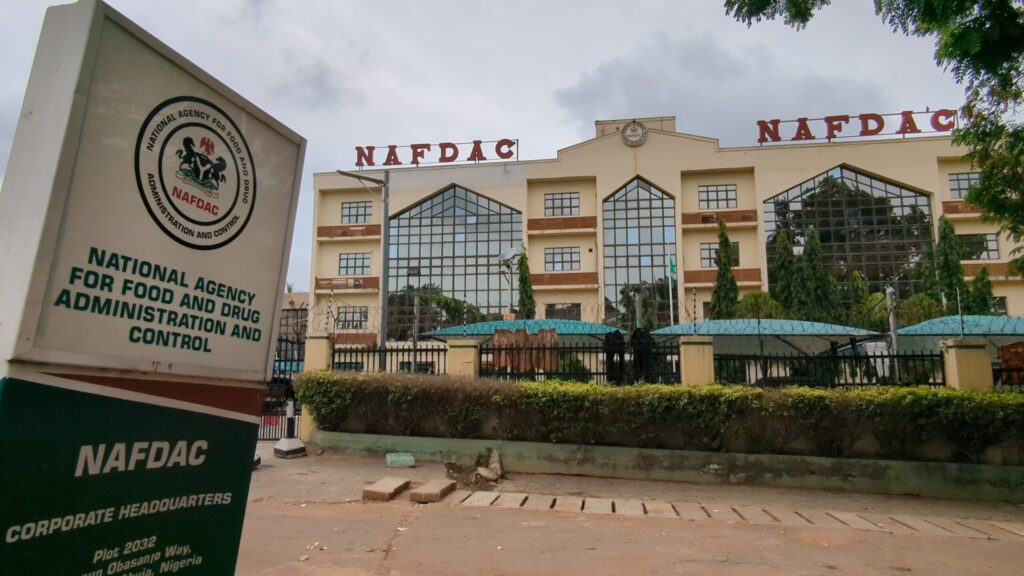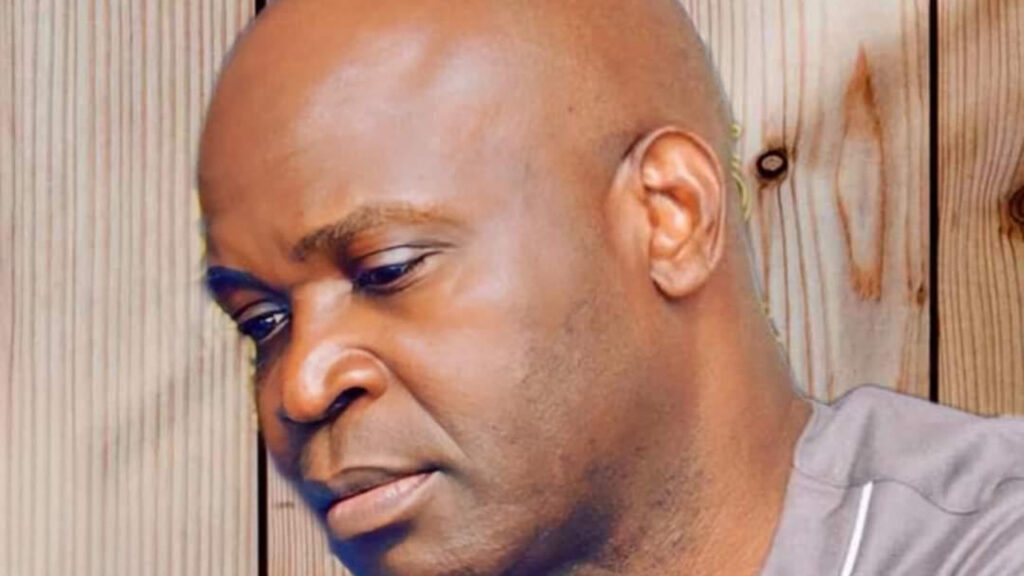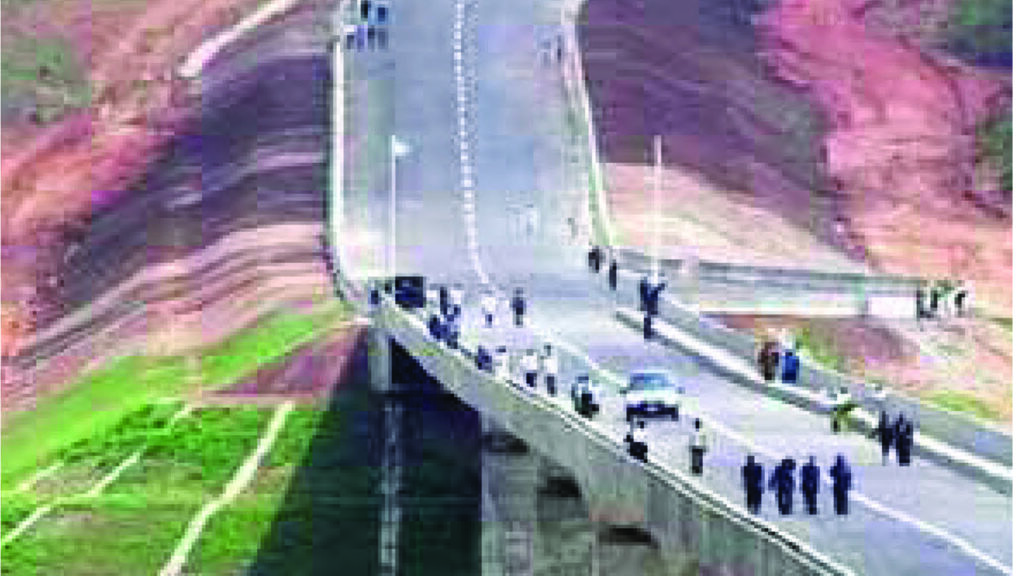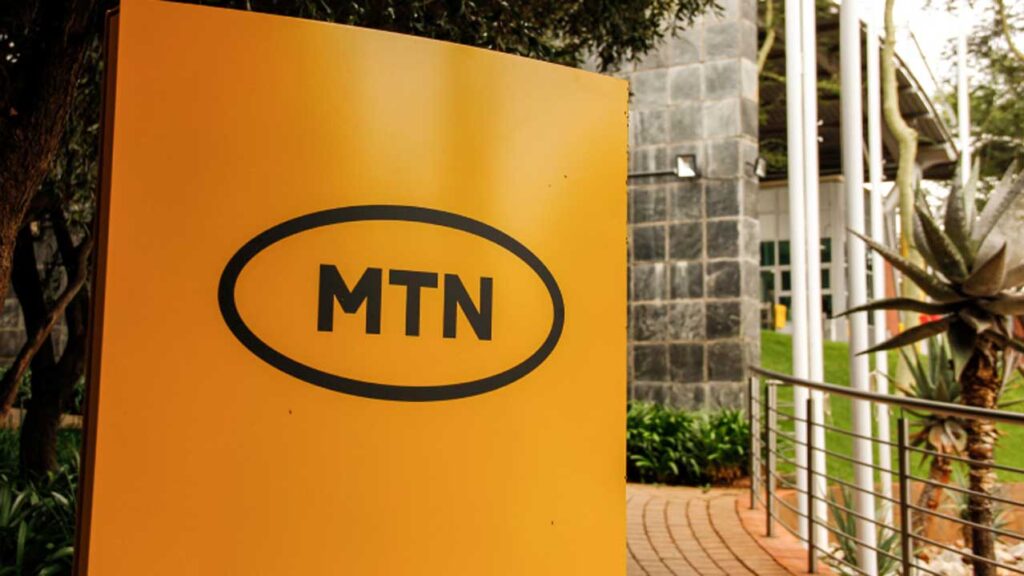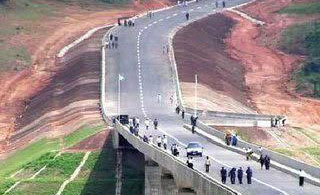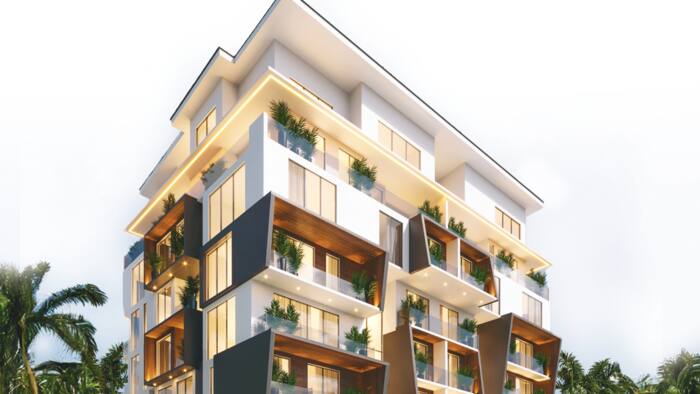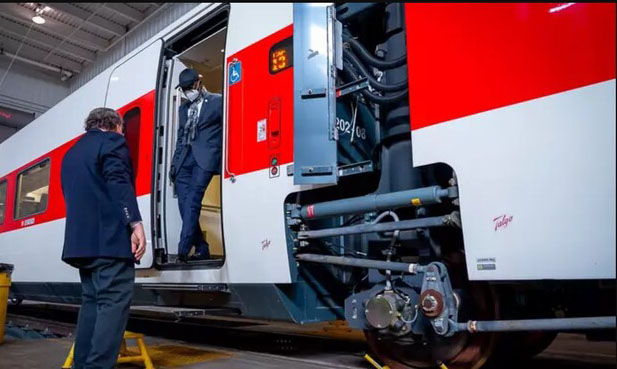
Given the mass of people commuting daily from one part of the city to another and considering its megacity status, Lagos is undoubtedly overdue for an efficient intermodal transport system. In the last two administrations, there have been attempts to make intermodal transportation work.
It is against this backdrop that Governor Babajide Sanwo-Olu administration’s efforts to make transiting from one mode of public transport to another in the city seamless become heartwarming and enthralling.
While past governments made concerted efforts to make other means of transportation attractive through huge investment in water and rail transport, Sanwo-Olu has been deliberate in the connectivity of all modes. Another concrete step in that direction is the construction of the Lagos Red Line Rail project which was commissioned recently by President Bola Tinubu.
The red line rail project has eight stations sited in Agbado, Iju, Agege, Ikeja, Oshodi, Mushin, Yaba and Oyingbo, which would be managed the Lagos State Metropolitan Transport Authority (LAMATA). When it becomes fully operational, it is expected to run 37 trips, conveying about 250,000 passengers daily, which will grow to 750,000 passengers daily.
Speaking at the commissioning, Lagos State Governor, Mr. Babajide Sanwo-Olu, said: “For the first time in the history of Lagos we have a system comprising of, and integrating, all three modes of transportation: road (through the BRT system), rail (through the Lagos Rail Mass Transit) and water (through our statewide Ferry System). Every day, the system serves millions of Lagosians, across these three transport options.
“Uniting them is our world-class digital payment platform, known as the Cowry Card. So far, we have issued 4.2 million of these Cards. The integration we have achieved means that any one of these millions of Cowry Cardholders can choose to travel by bus, train or ferry, and transit effortlessly between all three, using the same payment platform.”
Although the state government said one of the plus of the red line rail project is the intermodal transport service it provides, as rail is linked to road transport, there are, however, gaps. This is because not all the eight train stations are linked to state owned bus terminals. Among the eight, only the Ikeja, Oshodi, Yaba and Oyingbo train stations that the intermodal transportation commuting between rail and bus services seems seamless, because the train stations are linked to the state owned bus terminals. This means a commuter can alight from a train and, without leaving the terminal, join a bus heading his or her new direction.
In the other four train stations, the train stations are not linked to the state owned bus terminal or any major park.
Of note is that the segment that was inaugurated spanning 27 kilometres from Agbado to Oyingbo, with state-of-the-art stations at Agbado, Iju, Agege, Ikeja, Oshodi, Mushin, Yaba, and Oyingbo is the first phase of the Red Line Rail project. This is because the entire stretch of the Red Line Rail project is 37 kilometre.
It was therefore not surprising that the at the ceremony, LAMATA and China Civil Engineering Construction Corporation (CCECC) signed agreement contract for the construction of the Phase Two of the Red Line, from Oyingbo to the National Theatre in Iganmu to link the Blue Line Rail enroute Marina.
Unlike the Blue Line Rail which took quite a time before it was completed, the construction of the Red Line Rail project started mid-2020. The speed with which it was completed must have been aided by the fact that it has a track sharing agreement with the Nigerian Railway Corporation, especially from Agbado to Ebute-metta.
Nonetheless, while the project had track sharing agreement between Agbado and Ebute-matta, within the same corridor, the state government as part of the Red Line Rail project, constructed five over-pass bridges at Pen Cinema (Agege), Mushin, Ikeja, Oyingbo, and Yaba, aside building some train stations to complement existing ones.
Sanwo-Olu stated that the overpasses were ingeniously designed to ensure the seamless flow of vehicular traffic, undisturbed by the rail infrastructure.
The governor further said: “Much has been accomplished, and there is still much ahead to be done. There will be a total of six Lines on the Lagos Rail Mass Transit System, when fully developed. We have already started preliminary work on the next two: the Green and Purple Lines.
“The Green line is a 71.49-kilometre route from Marina to the Lekki Free Zone, one of the fastest-growing industrial areas on the continent today, and also where we will be siting the new Lagos International Airport.
“The Purple Line is a 54.35-kilometre line from the Redemption Camp to Ojo, near the Lagos State University. The final two lines will be the Orange and the Yellow Lines.
“I would like to commend the dedication of everyone involved in bringing this project to life. First, the Governor of the Central Bank of Nigeria (CBN), Mr. Olayemi Cardoso, for the invaluable support he has rendered to Lagos State on this rail infrastructure journey. Special thanks also to the LAMATA team under the leadership of Mrs. Abimbola Akinajo – your contributions will forever be part of the story of the new and greater Lagos that is emerging.”
A resident of Oshodi, John Timothy, commended the state government for constructing the second rail project in the state, adding that it would make commuting towards Sango-Ota a lot easier.
She, however, said that the state government needs to work on the louts around the train terminal in Oshodi to ensure the safety and security of passengers.
According to her, the state government should ensure that the second phase of the Red line is complete on time, even faster than the first phase because that it is when the red line would really make impact.
On her part, a resident of Agbado, Precious Okeke, observed that the road to the train station is very bad because it has been under construction for years now with no visible progress.
She added that aside that there is no terminal for state owned buses, there are no government owned buses plying that route. “Access roads were closed with no alternative routes thereby making it impossible to drive to the rail station,” she stated.
Maurice Okon, another resident, said the infrastructure is a welcome development to the transportation system of Lagos, hoping that it would help decongest the road and make commuting faster and better.
The governor, however, said that the state government in operating the train service is committed to operational excellence. “In our steadfast commitment to enhancing the lives of our citizens, the launch of the red line commenced with the introduction of two state of the art Spanish manufactured Talgo train sets procured in 2022. We subsequently procured an additional two sets of GWR rolling stock from the United Kingdom in 2023.”
Sanwo-Olu said just a fortnight; he was in China to finalize the purchase of six additional sets of rolling stock for both the Blue and Red Lines. “These are currently being retrofitted for intra-state travel; and when they arrive, we will be able to increase the number of daily passenger trips.”





